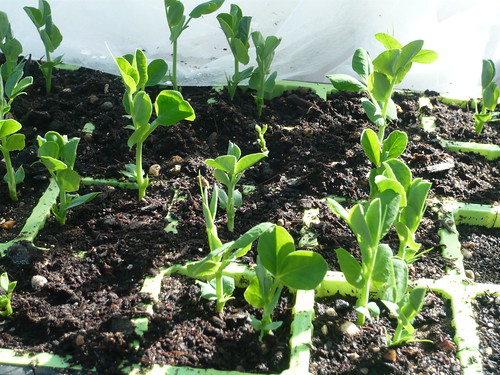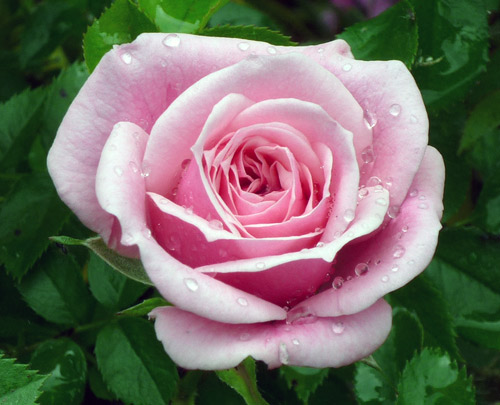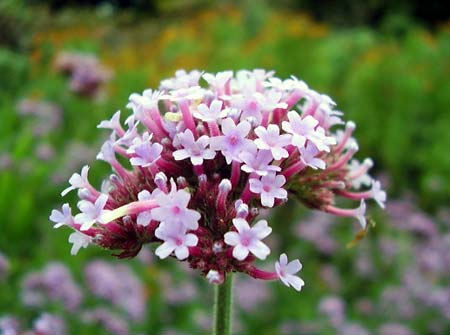Growing in Terracotta Pots
There is nothing like a good terracotta pot. They encourage air flow to roots and the porous nature keeps the temperature reasonable. Old pots can attract moss or algae growth but the distressed look can be most attractive.

Growing plants in pots is a great way to make use of limited space and offer colour all year round. Pots themselves can be an attractive feature for a patio. To make the most of growing in pots, bear in mind these points.
Careful Watering.
The difficult part of growing in pots is that they can easily dry out. To guard against this.
- Choose draught tolerant plants e.g. silver leaved plants like lavender do very well.
- Use water retention capsules. These absorb water and expand, this enables the pot to hold more water and reduce the frequency of watering.
- Place pots on trays so that the trays can catch the water and the plant can gain water from bottom up. (Often when watering pots, water just flows straight out – especially if compost is dry)
- Crocks. To protect against overwatering, make sure the pots have sufficient drainage and are not blocked with compost. Using broken bits of pots near the base to ensure good drainage. If necessary, put sand into the compost.
- In the heat of summer move pots away from the scorching of the sun.

A delicate Alpine thrive in a well drained pot
Feeding.
Food in the compost will be exhausted after a few weeks or few months, depending on the growing season. Therefore, they will need plant food. It is better to feed little and often than overburdening them. You could also choose slow release food capsules which gradually release food over the course of a few weeks.
Cycle Plants.
The great thing about pots is that once something has finished flowering you can move them out and put something else in. E.g. once bulbs have finished flowering, you can dig them into some corner of the garden to die back in peace out of the way.
Experiment.
You will be surprised what you can grow in pots. Potatoes can do very well (and make it easy to harvest the crop). Sunflowers and tomatoes can do well in pots.
Related
- Saxifraga in Pots
- Auriculas in Pots
- Garden Pots at Amazon.co.uk












